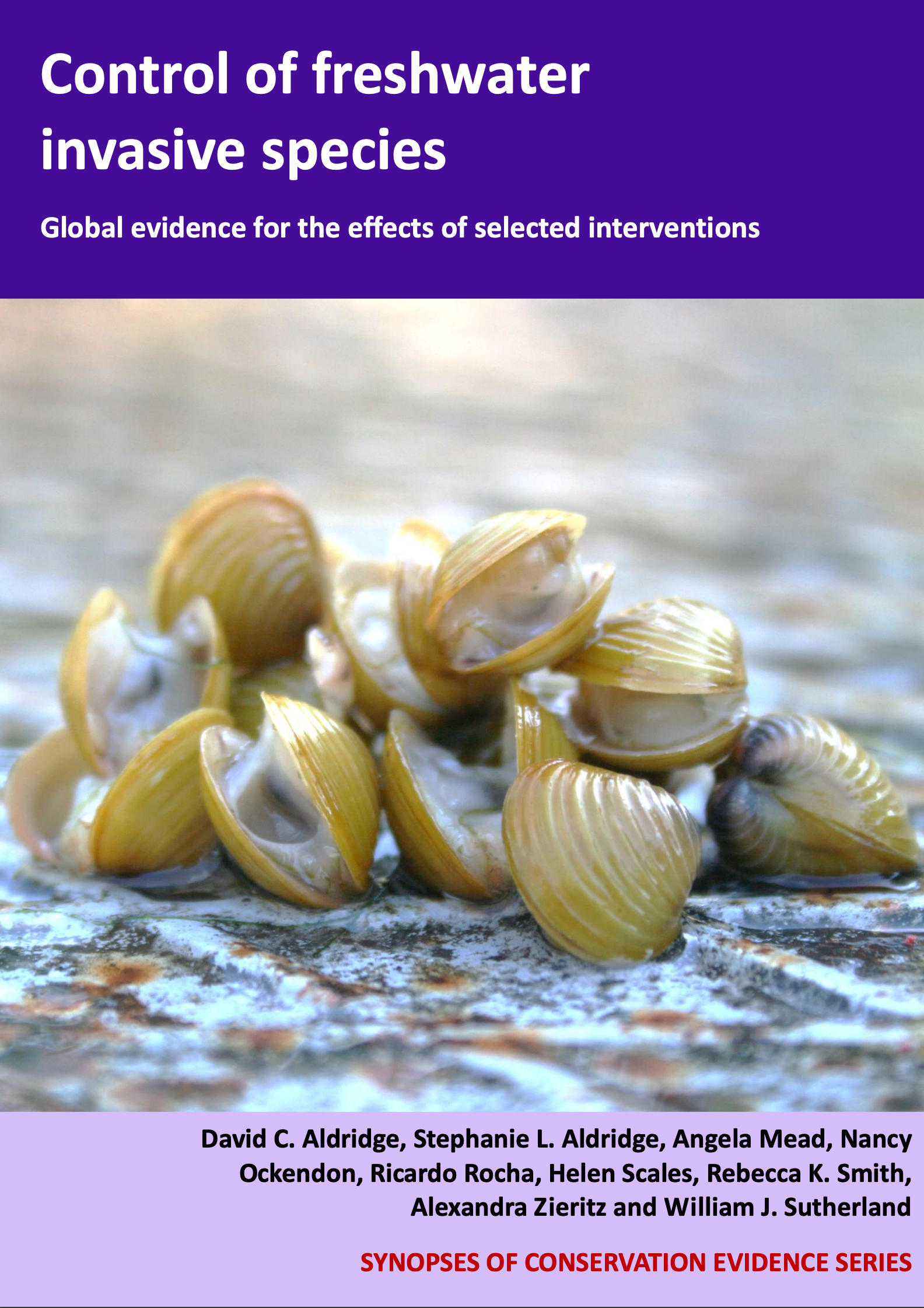Red-eared terrapin: Direct removal of adults
-
Overall effectiveness category Likely to be beneficial
-
Number of studies: 2
View assessment score
Hide assessment score
How is the evidence assessed?
-
Effectiveness
40% -
Certainty
50% -
Harms
not assessed
Study locations
Supporting evidence from individual studies
A replicated field study conducted in 2008, in the Arga River, Spain (Valdeón et al. 2010) found that modified Aranzadi turtle traps were effective at trapping red-eared terrapin Trachemys scripta elegans and Trachemys scripta scripta but did not eradicate the populations, and that these traps performed better than modified Bolue traps, and fish-baited traps, which trapped very few terrapins. The modified Aranzadi turtle traps caught an average of 70% of observed terrapins. During five months of spring and summer 2008, one of each of the three trap types was set in each of two areas of the Arga River, Spain. On separate dates, one of each trap type was also set in 11 different water bodies. The baited traps were visited on consecutive days, while basking traps were checked weekly during five months of spring and summer of 2008.
Study and other actions testedA study in 2003 in a pond at botanic gardens in Tortola, British Virgin Islands (Perry et al. 2007) found that using sein nets to trap red-eared terrapin Trachemys scripta adults and juveniles was not successful in eradicating the population. Twelve adults and approximately twenty juveniles were removed. Additional capture efforts removed further adults and juveniles in July and October 2004. Experimental methods were not available.
Study and other actions tested
Where has this evidence come from?
List of journals searched by synopsis
All the journals searched for all synopses
This Action forms part of the Action Synopsis:
Control of Freshwater Invasive Species
Control of Freshwater Invasive Species - Published 2017
Control of Freshwater Invasive Species Synopsis





)_2023.JPG)














